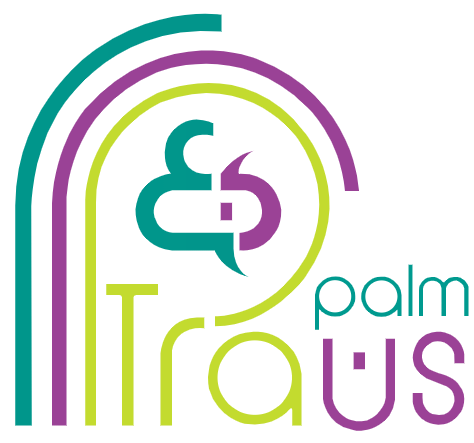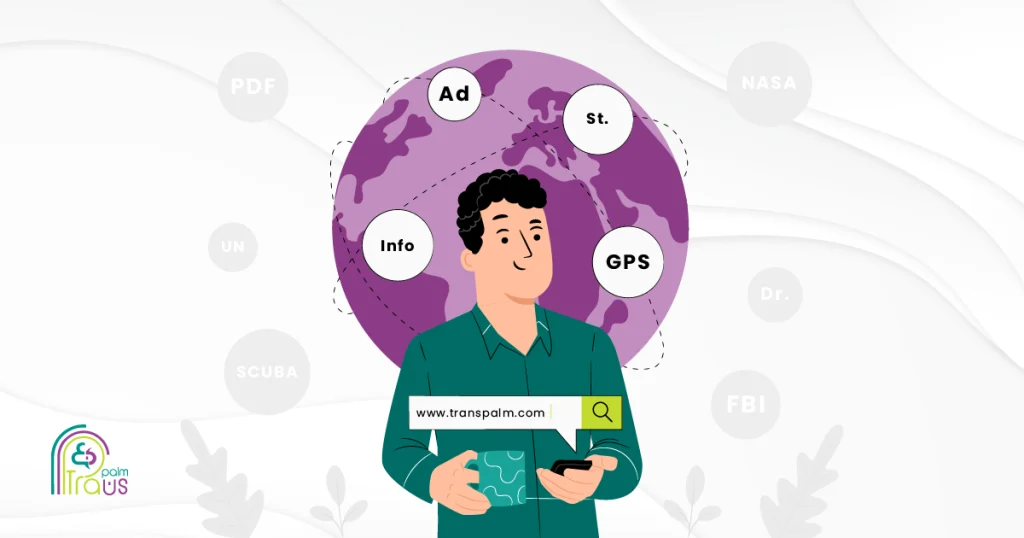Acronyms and abbreviations are staples in business communication, from financial and technical jargon to company-specific and business-related terms.
Imagine creating a new marketing campaign with a tagline that includes an abbreviation, only to discover that, in another language, it has a controversial or offensive meaning.
While this scenario might seem extreme, it underscores the critical need for accurately translating abbreviations when expanding your business globally.
But what happens when these abbreviations cross linguistic and cultural boundaries? Mistranslating abbreviations can leave your message illegible and unnecessarily complicated.
In this blog, we cover key rules for abbreviations and acronyms, discuss the challenges, share best practices, and highlight the value of partnering with professional translation services to ensure success.
The 4 Key Types of Abbreviations You Should Know
Before we jump into translation challenges, let’s take a look at the different types of abbreviations commonly used in business communication.
1. Acronyms
An abbreviation that combines the initial letters of a phrase and can be either capitalized or lowercase. It is pronounced as a single word, forming a brand-new term. Below are some common examples of acronyms:
- NASA (National Aeronautics and Space Administration)
- NATO (North Atlantic Treaty Organization)
- Laser (Light Amplification by Stimulated Emission of Radiation)
- SCUBA (Self-Contained Underwater Breathing Apparatus)
2. Initialisms
Unlike acronyms, it simply uses the first letter of each word to represent the entire phrase. Initialism serves to shorten long strings of words, often used for names, people, and organizations. Initialisms are pronounced letter by letter. Here are a few common examples:
- FBI (Federal Bureau of Investigation)
- MLK (Martin Luther King)
- UN (United Nations)
- FAQ (Frequently Asked Questions)
- GPS (Global Positioning System)
- PDF (Portable Document Format)
- GIF (Graphics Interchange Format)
3. Contractions
It is an abbreviated version of words where some letters are omitted to save time or space, often indicated by punctuation like an apostrophe or a period. However, not all contractions use punctuation.
This list includes examples of some English contractions:
- Can’t (cannot)
- Dr. (Doctor)
- In (Inch)
- Feb. (February)
- St. (Street)
- Sr. (Senior)
- Ma’am (madam)
4. Clippings
It is the process of shortening a word by removing one or two syllables while keeping the word’s meaning intact. The following are some familiar examples:
- Ad (Advertisement)
- Phone (Telephone)
- Flu (Influenza)
- App (Application)
- Gym (Gymnasium)
- Info (Information)
- Lab (Laboratory)
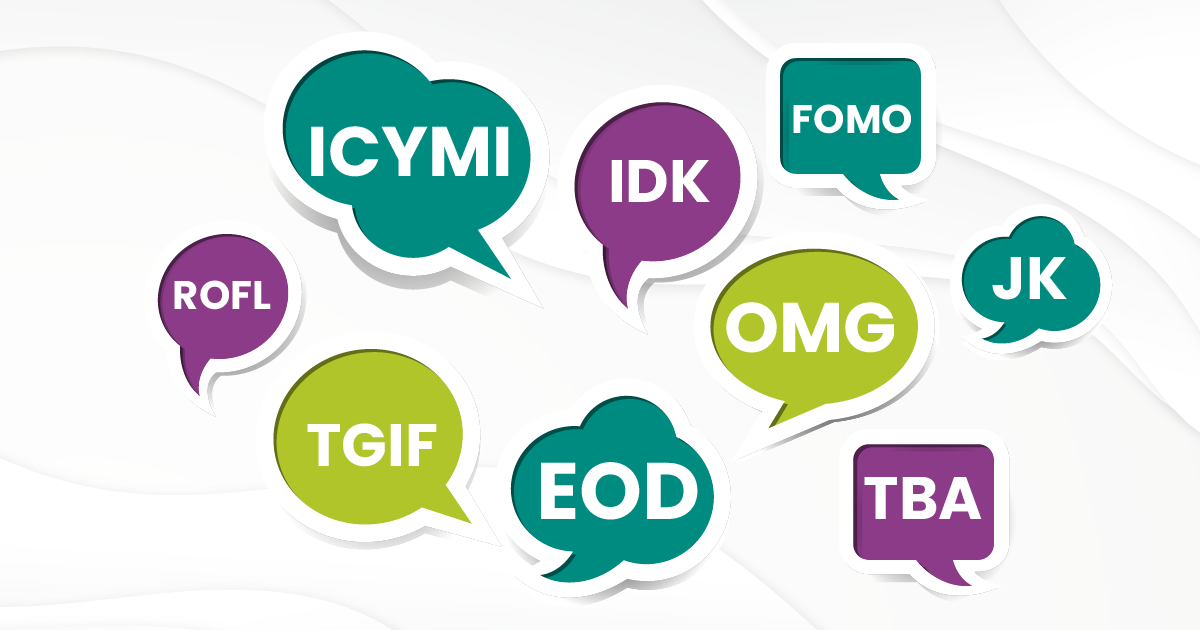
Challenges in Translating Abbreviations
Abbreviations are used in different contexts, such as business, technical, medical, and legal documents. However, translating abbreviations from the source language into the target language can be challenging.
Language-Specific Abbreviations
One of the main stumbling blocks in translating abbreviations is that they are often language-specific and may not have an equivalent in the target language. For instance, CEO (Chief Executive Officer) is universally recognized in English, while in French, it has a completely different abbreviation, which is PDG (Président-Directeur Général).
Cultural Nuances and Context
Even if an abbreviation has an equivalent in the target language with the same spelling and pronunciation, its meaning differs entirely based on cultural nuances. In English-speaking countries, the abbreviation “ID” stands for the identification or is a contraction of “I would”. But, in Indonesian, “id” refers to the country code name of Indonesia.
Ambiguity and Misinterpretation
An abbreviation that is clear in one context might be ambiguous in another. For example, “ATM” can stand for “automated teller machine” or “at the moment.” Without proper translation, it can lead to misunderstandings.
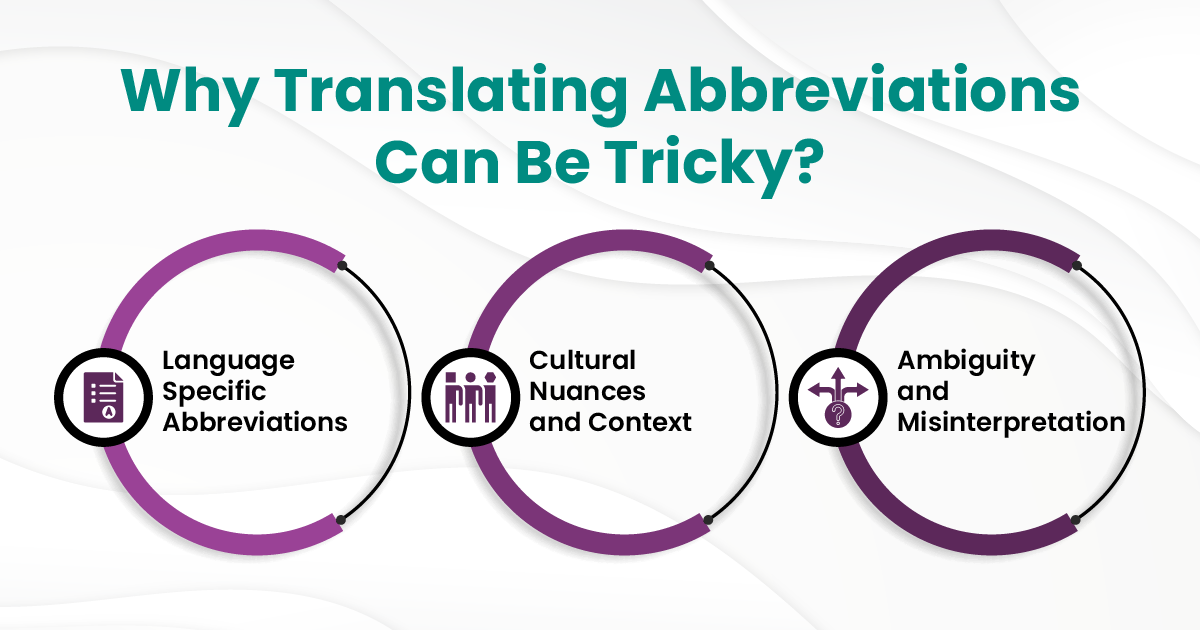
Best Practices for Translating Abbreviations
1. Research and Verification
Accurate translation starts with thorough research. Before translating an abbreviation, it is important to investigate its meaning in both the source and target language.
While the United Nations (UN) is widely recognized, niche abbreviations require in-depth research. This could involve specialized resources, such as glossaries, terminology databases, or even consultations with subject-matter experts.
2. Consider the Target Audience
Who will be reading your translation? Knowing your audience is an essential factor when translating acronyms. Their familiarity with certain abbreviations influences your translation approach, helping you decide whether to keep or adjust them for better understanding. In a nutshell, abbreviations in Germany might not have the same recognition in other countries.
3. Contextual Adaptation
A direct translation may not always work. The translation of Abbreviations should be adapted to fit the cultural and linguistic expectations of the target market. They should also be modified depending on context. For example, “HR” might refer to “human resources” in business but “high resolution” in a technical document.
4. Consistency and Style
Can you imagine the confusion that arises when an abbreviation is translated differently within the same document or project? Consistency is key to ensuring clarity and professionalism across all your business materials.
5. Consult with Experts
Want to get the abbreviation translations correctly translated? Always consult with a specialist. Professional translation services company has the tools and knowledge to navigate the intricacies of translating acronyms and abbreviations, guaranteeing cultural relevance and industry-specific precision.
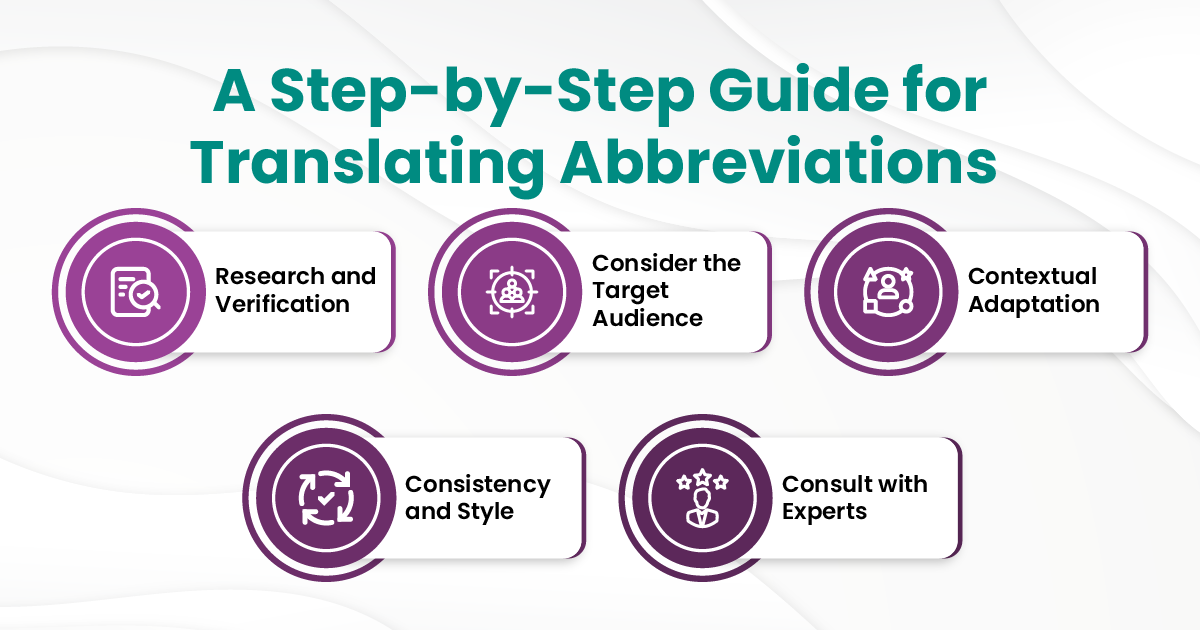
The Role of Professional Translation Services
Expertise in Language and Culture
Translating abbreviations requires a deep understanding of both languages and cultures. Skilled translators are well-versed in the nuances of both the source language and the target language. Therefore, you can rest assured that your message will be accurately adapted for the target market.
Access to Specialized Resources
A reliable translation provider has access to specialized dictionaries, glossaries, and terminology databases to help translate the most complex abbreviations, particularly when dealing with sensitive content by technical or medical interpretation services.
Quality Assurance and Review
A professional translation company typically implements rigorous quality assurance processes, reviewed by native speakers and subject-matter experts, to maintain high-quality standards and cultural accuracy.
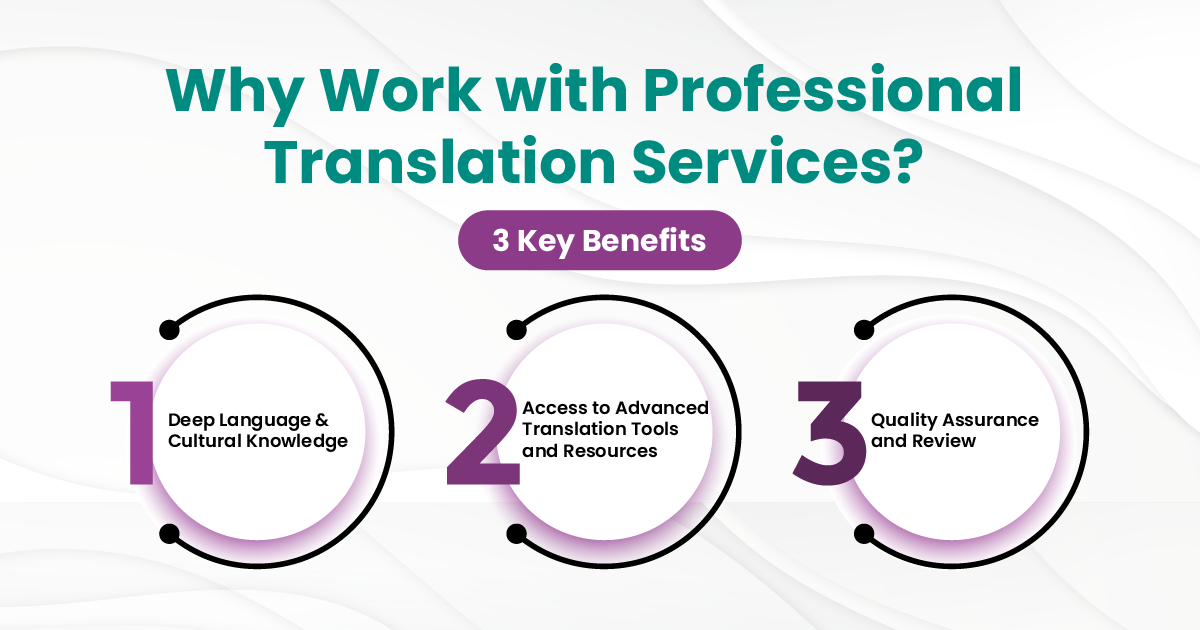
Don’t Let Abbreviations Get Lost in Translation: Ensure Accuracy with TransPalm
A clear and precise translation is non-negotiable. Poorly translated abbreviations can damage your brand’s reputation and result in financial losses. At TransPalm, we employ the best practices to maintain accuracy when translating abbreviations for clear, culturally sensitive, and impactful messages.
Let our business translation services handle all your abbreviation translations. Get in touch today to overcome the complexities of global communication with ease.
